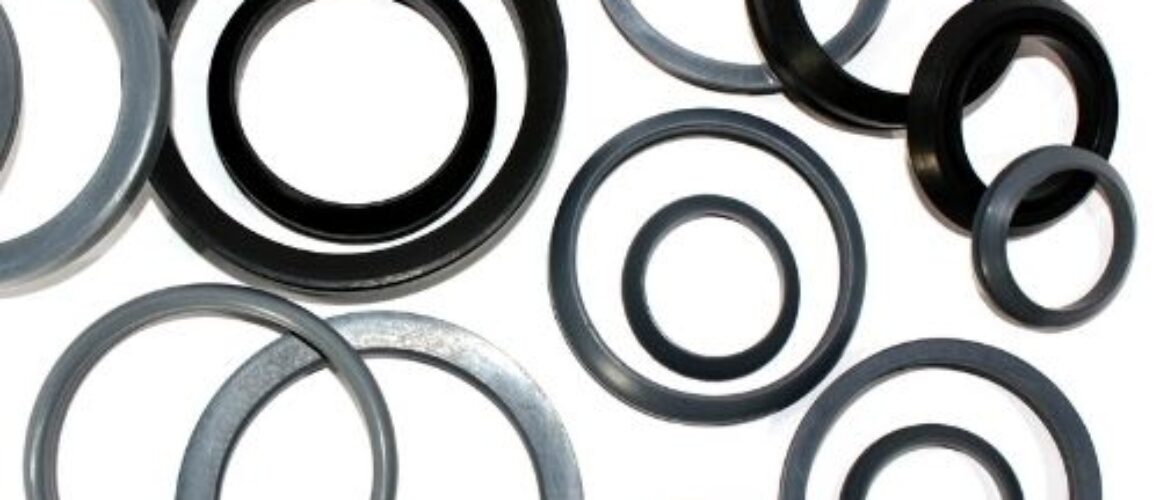Choosing the Right Rubber Grommets: A Comprehensive Guide Reference
Rubber grommets are small, flexible rings that are used for the protection of a cover hole, a wire, a tube, or any other object from abrasion. They form an integral part of various industries and are also referred to as edging, eyelets, or bushings.
To choose the right grommet for your application, it’s very important to understand them in depth.
Uses
They are used for various purposes, such as:
- Electrical insulation
- Vibration isolation
- Preventing abrasion
- Noise reduction
- Providing a seal against dust, moisture, and other contaminants
Industries
They are used in almost every industry and application that uses cables, such as:
- Automotives
- Electrical and Electronics
- Aerospace and Aviation
- Construction
- Telecommunications
- Medical
- HVAC (Heating, Ventilation, and Air Conditioning)
- Furniture and Appliances
Material Used
Just as the name suggests, most grommets are made from rubber, but there are grommets made from plastic, metal, nylon, or PVC too.
Following are the rubber materials that are used in making grommets:
- Natural Rubber, for good tensile strength and electrical insulation, along with a resistance to wear and tear.
- Nitrile Rubber, for applications where oil exposure is a high possibility.
- Neoprene, for outdoor applications that are prone to fire.
- Fluorocarbon Rubber, for applications that occur in high temperatures and strongly acidic or alkaline environments.
- Silicone, for use in kitchen devices, food processing machines, and medical equipment.
- EPDM, for sealing purposes that last and are effective.
- TPE, for applications that require good electrical properties and excellent resistance to chemicals and weathering.
- TPV, for automotive industry and applications that require high heat resistance and the ability to perform in oily environments.
Shapes
They come in different shapes and sizes, just like most manufactured components do:
- Square Rubber Grommets
- Round Rubber Grommets
- Rectangular Rubber Cable Grommets
- Oblong Rubber Grommets
- D-Shaped Rubber Grommets
- Oval Rubber Grommets
Types
There are multiple types of grommets that are available, all suited for a different application. These include:
- Rubber Blanking Plugs
They are used to seal holes and control pressures coming from above or below, making them an excellent choice for high-pressure devices and tubing.
- Oper Rubber Grommets
They are used to protect cables when they pass through holes in metal plating.
- Closed Rubber Grommets
They are used to provide air-tight seals when sealing holes that aren’t in use currently to prevent contamination by dust.
- Rubber Grommet Strips
They are used along the edge of a panel to smooth its edge.
- Tapered Rubber Grommets
They are used to seal holes with thicker panels.
- Stepped Rubber Grommets
In a tapered cone shape, these grommets are marked at intervals, indicating where the grommet can be cut to different sizes. They’re perfect for use in industries that require multiple cable sizes.
- Custom Rubber Grommets
These are made as per the customer’s unique specifications and can include particular rubber materials, sizes, designs, and even colors.
To sum it up, rubber grommets are an essential need in many industrial applications. But with so many options available in the market, it’s also essential to make the right choice. This can be done by taking into account factors such as the size and shape of the grommet, its application, material compatibility, environmental factors, durability, and ease of installation.
Email us at info@kesaria.com for more information on the ideal solution for your application.

